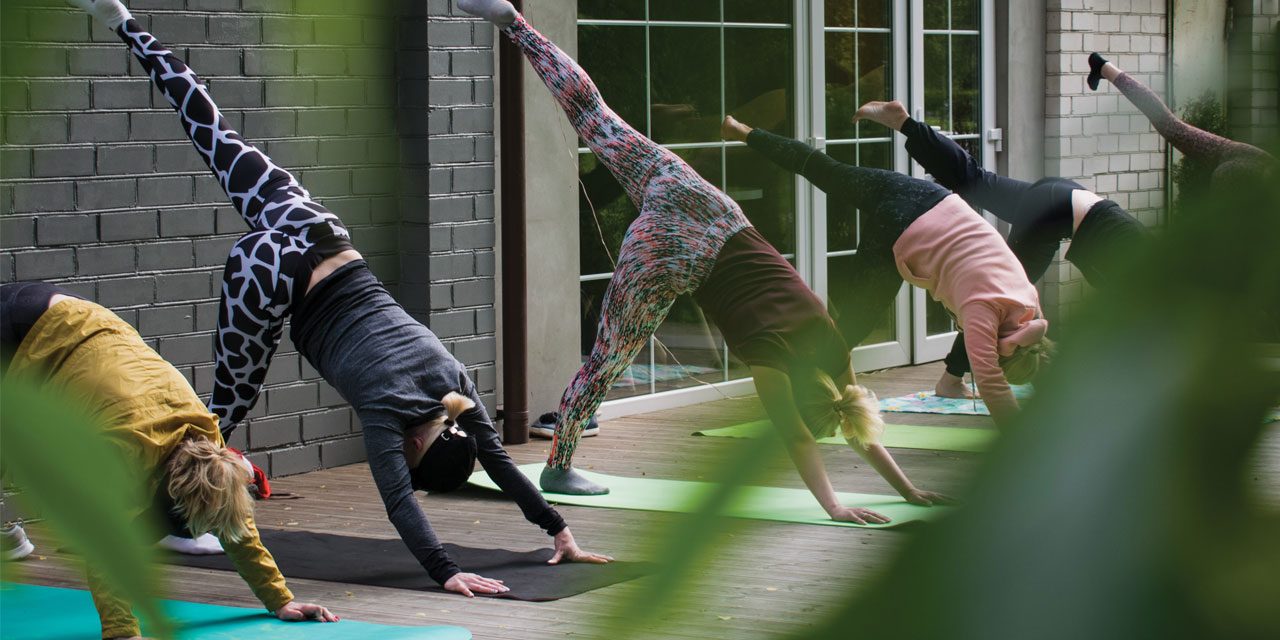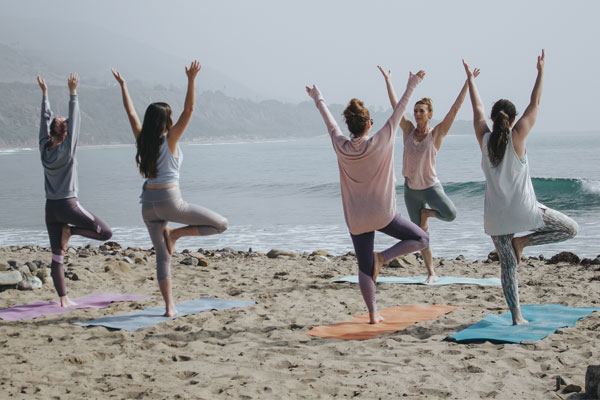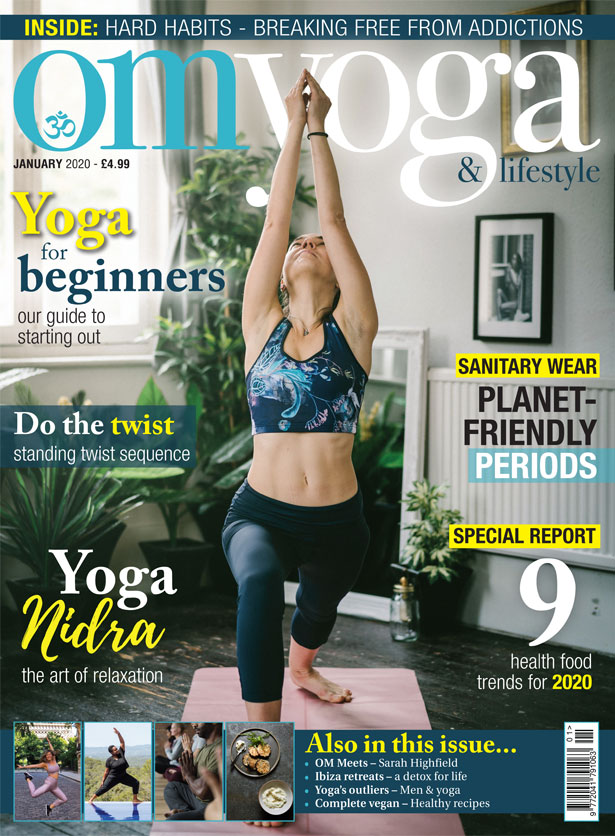
Quality counts
Why yoga teachers must keep learning: the importance of continuous professional development. By Claudia Brown
Yoga is big business. Wellbeing is a growth industry, supported globally by fund managers and investors. From international brands to local studios popping up in your town, yoga has never been more popular and accessible. And this makes the landscape increasingly competitive for teachers.
As a senior yoga teacher, I continue to attend trainings so that I can improve and expand on what I can offer my clients. I see it as my responsibility to ensure that I can keep my clients safe, supported and also engaged in their practice. I’ve been on several training courses over the last 18 months, and I’ve been surprised, and sometimes shocked at the lack of knowledge a number (sadly, quite a large number) of yoga teachers have about basic anatomy and functional body mechanics, standard range of motion for our joints and how some of the more ‘traditional’ yoga poses can actually be quite dangerous.
Sarah Ramsden, leading Sports Yoga training provider and famous for teaching yoga to the Manchester United and Manchester City players for the last 12 years says: “You can do whatever you want to your own body, but you can’t in all conscience do it to someone else. Just because somebody said a yoga pose has to be this way or that way, isn’t good enough for us teachers: know your stuff and do what is right for a human body regardless of what someone once said.”
The big thing that we do as yoga teachers is to make an active physical intervention into our students’ bodies with the aim of changing them. And if I’m in your class and you’re going to be doing that, then I’d really like to know that you know what you’re doing. It doesn’t seem too much to ask!
The standard 200 hours of training to become a yoga teacher isn’t even a bare minimum — it can only be a beginning. And that is supposed to cover the asana, human physiology, pranayama, meditation and the philosophies. I wouldn’t go to a music teacher who only had 200 hours of training, let alone a dentist or physiotherapist: it just isn’t enough. Yet we as yoga teachers can make active interventions into other people’s bodies with the intention of changing them based on minimal understanding of human anatomy and body design.
There is a huge requirement for really good teacher-only continuous professional development (CPD). I’d love to see lots more instructor level, properly approved and accredited ongoing learning for us all — especially in the area of teaching from our functional anatomy as it is the asana where we can unknowingly do harm to others.
Training is vital not only for personal and professional development but it is also key to keeping your creative juices flowing when it comes to content. I honestly thought when I’d done my 200-hour yoga teacher training that I had done my bit in terms of what I had to learn to be a yoga teacher!

Oh the naivety! It was intense and hard work and I loved it. Anne-Marie Newland of Sun Power Yoga told us when we graduated: “It’s just the beginning of your journey.” I didn’t understand as I thought she’d already taught me so much. Fast forward about three months and I totally understood. My class plans I’d done as part of my course were fast becoming repetitive and I needed to start being creative and inventive, just for my own sanity never mind to keep people interested enough to keep coming back to class. It was the start of the next part of my journey.
To put things into a further education perspective: studying a 200 hour course is the equivalent to 38 points which is between a C and B at A level equivalent for UCAS points (32 is a C, 40 is a B and 48 is an A.)
See your continued professional development as if you are studying modules towards a degree. Scientific research continues to make fascinating and informative discoveries, new research studies are being carried out all the time. If we don’t keep up to date with continued professional development, our students will not reap the rewards of this enhanced knowledge.
To be successful in this increasingly competitive industry, be authentic and credible and educated. Teach from a position of learned and lived experience. If you ‘borrow’ significant amounts of content from other teachers, especially if you are not a student of theirs, you will soon run out of steam and clients (paying punters can spot a phoney a mile off).
If you are teaching pregnancy yoga do a specialist teacher training. This is one of the most specialised areas of yoga, and any pregnancy yoga provision must be delivered safely. Yes, I can keep a pregnant woman safe in my generic classes because I did a really good yoga teacher training course — but I am not a specialist. I signpost any of my pregnant clients to the local experts.
If you are teaching specific classes for people who do a lot of sport, then do a sport yoga training unless you are already a physiotherapist or strength and conditioning coach. You are not a Sport Yoga teacher because you’ve read somewhere that yoga is good for people who run a lot and have tight hamstrings!
Yoga Nidra: There is now so much science behind this amazing practice and some brilliant training provision out there. So many teachers don’t do any Nidra training but just read it out of the book. That is just not good enough for the people who pay money to spend time with you.
Yin Yoga is becoming so popular too, quite rightly in my view. It’s a perfect antidote to the stressful lives that the majority of the population are leading. And Yin is a specialism. Again, the science behind Yin Yoga is extensive, fascinating and ever developing. You are not a Yin specialist if you’ve had a quick flick through a Paul Grilley or Bernie Clark book and then get people to hold Camel pose for three minutes.
If you can’t fit in courses, keep going to classes and workshops as a student not a teacher. I always pick up a new teaching point or a new variation of a pose as well as devoting time to my own practice. Read lots: books, magazines, websites. Listen to podcasts. Be at the top of your game to support others to reach the top of theirs. Keep your content fresh, introducing new things, fresh options and different techniques. Never stop learning.
Claudia Brown is a yoga teacher and regular OM contributor. Find out more about her classes and retreats at: yogabyclaudia.com




